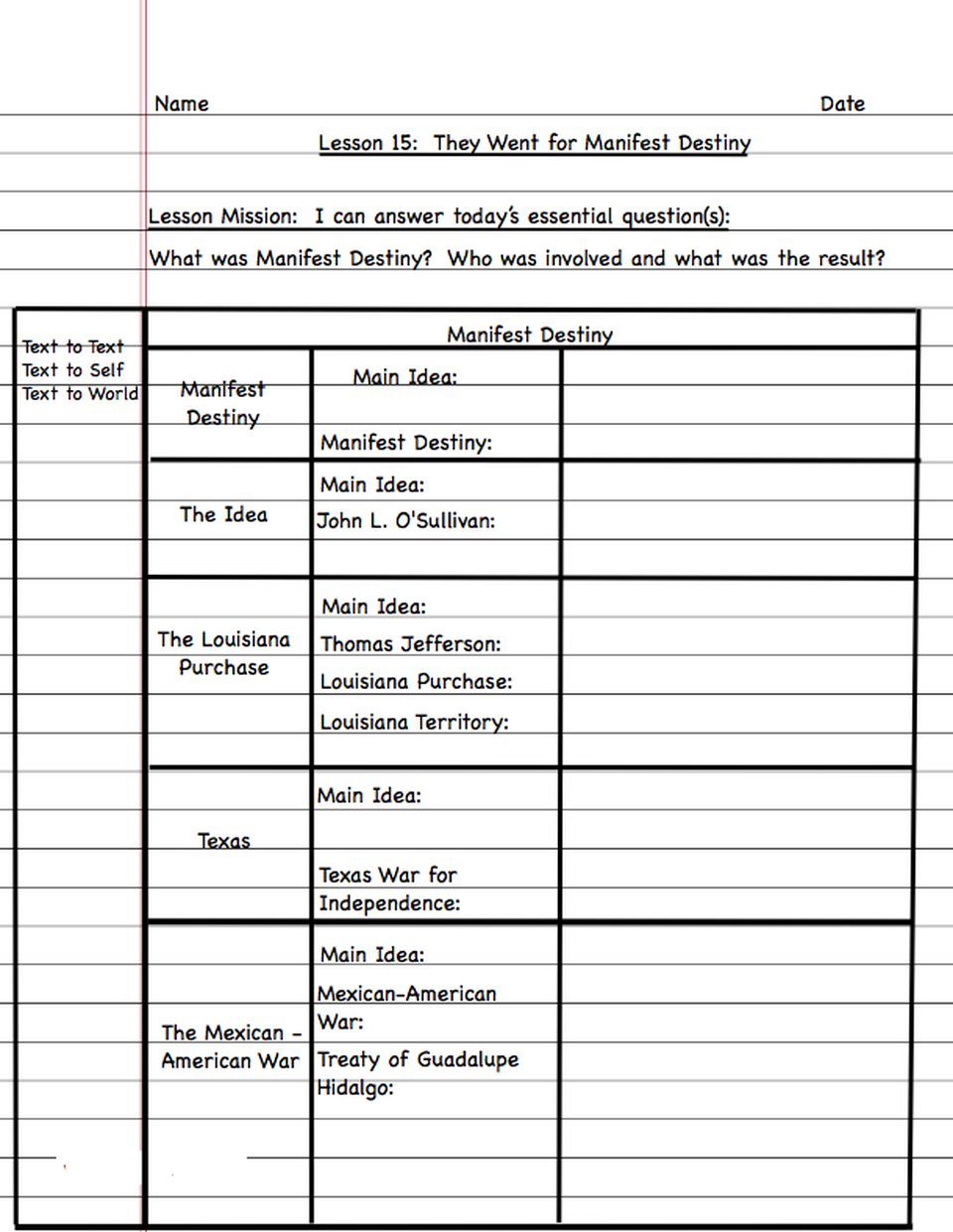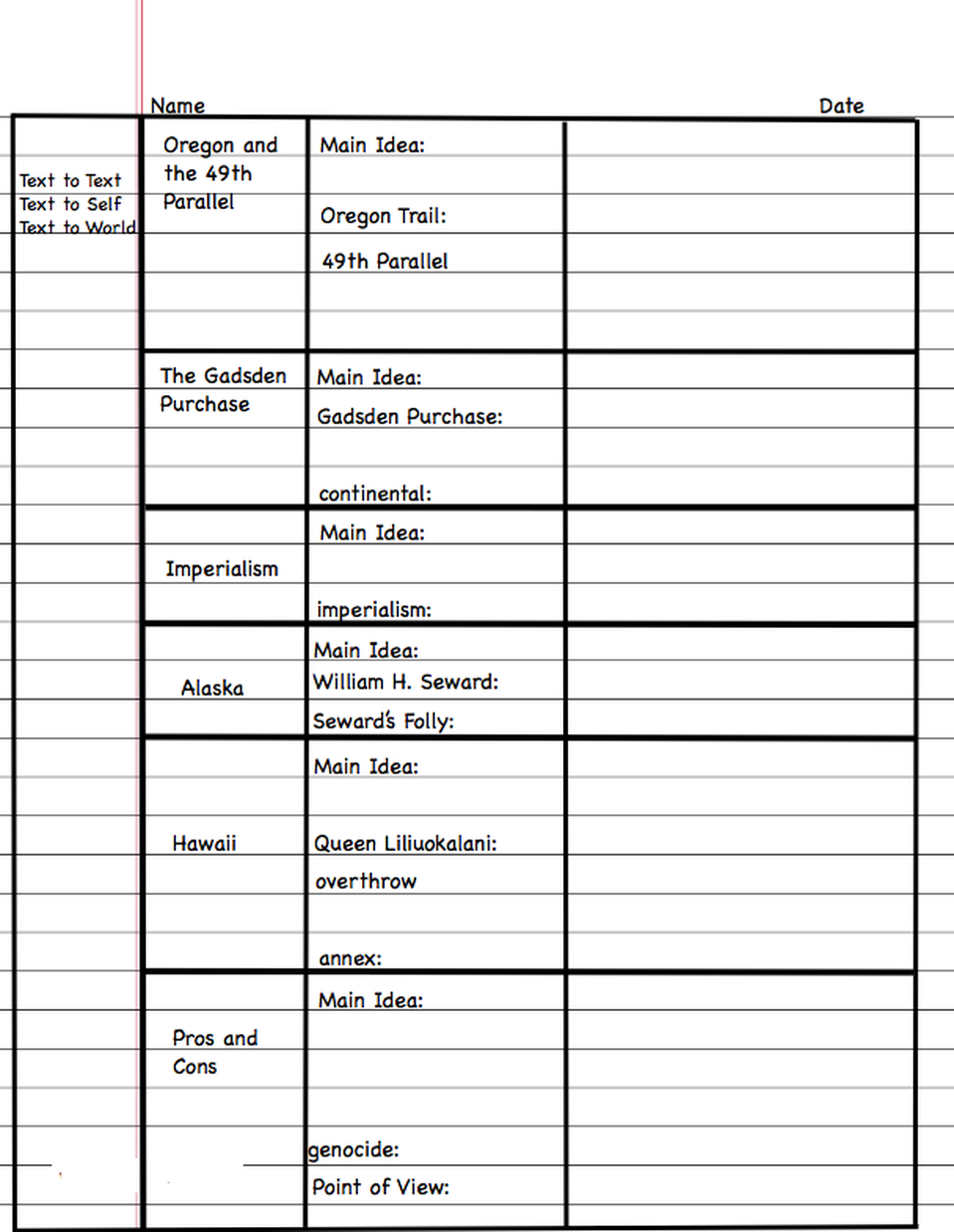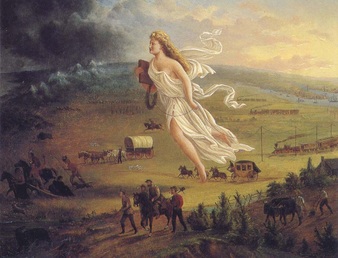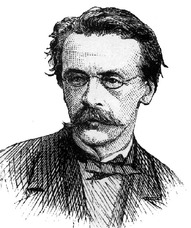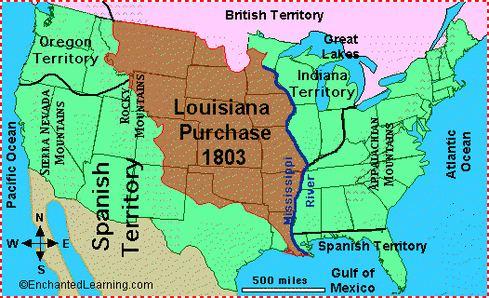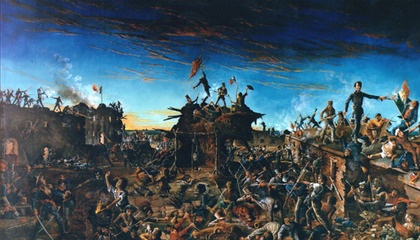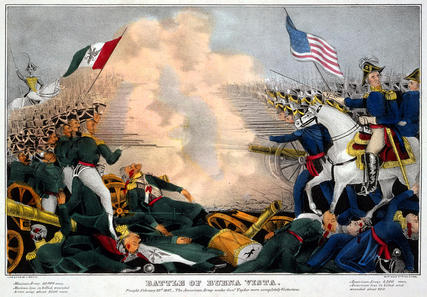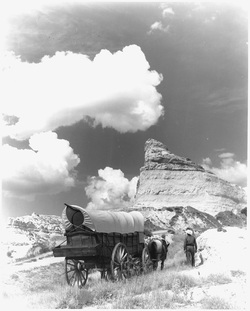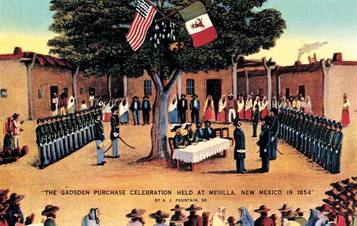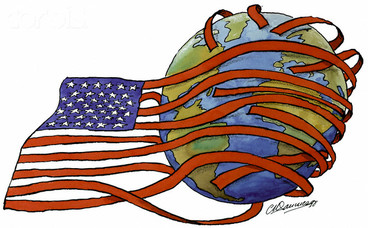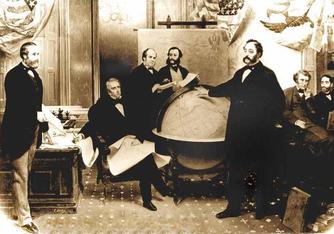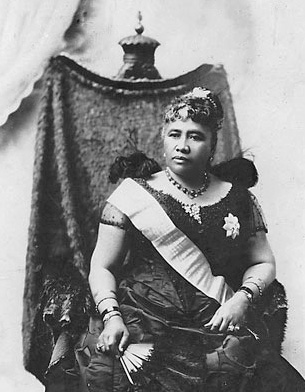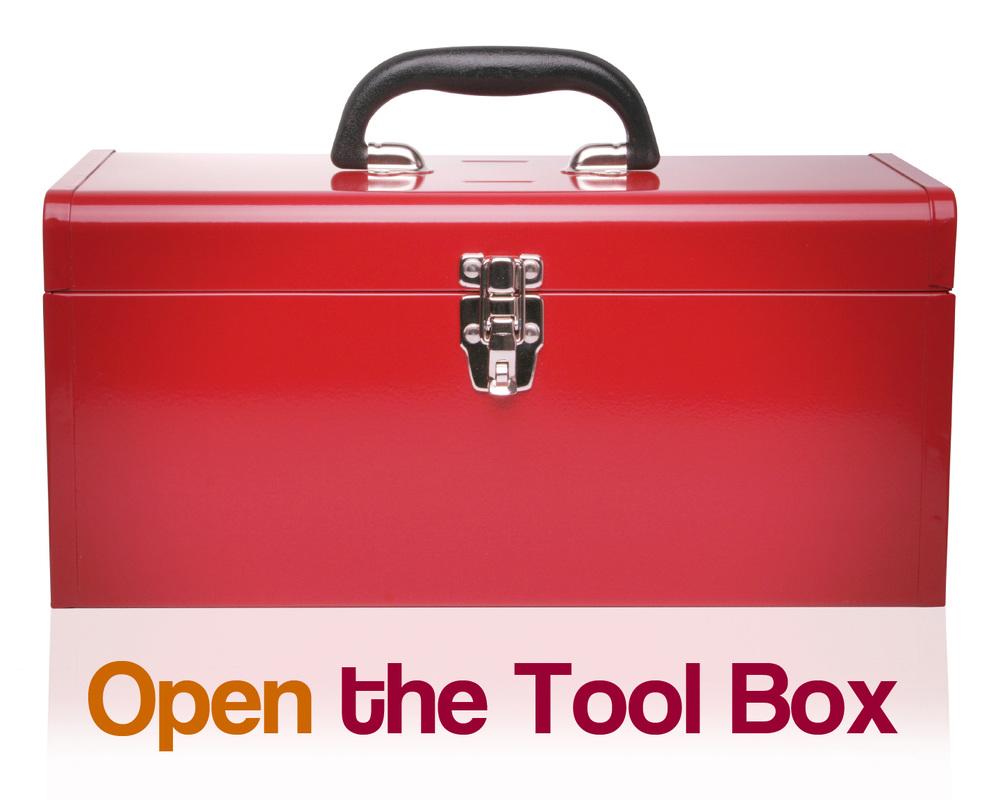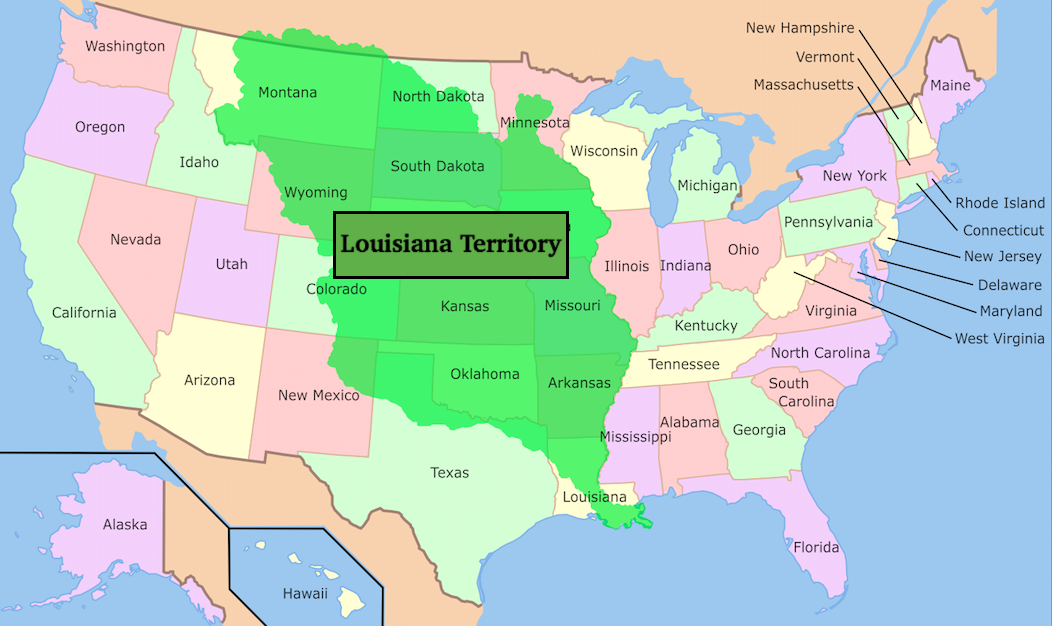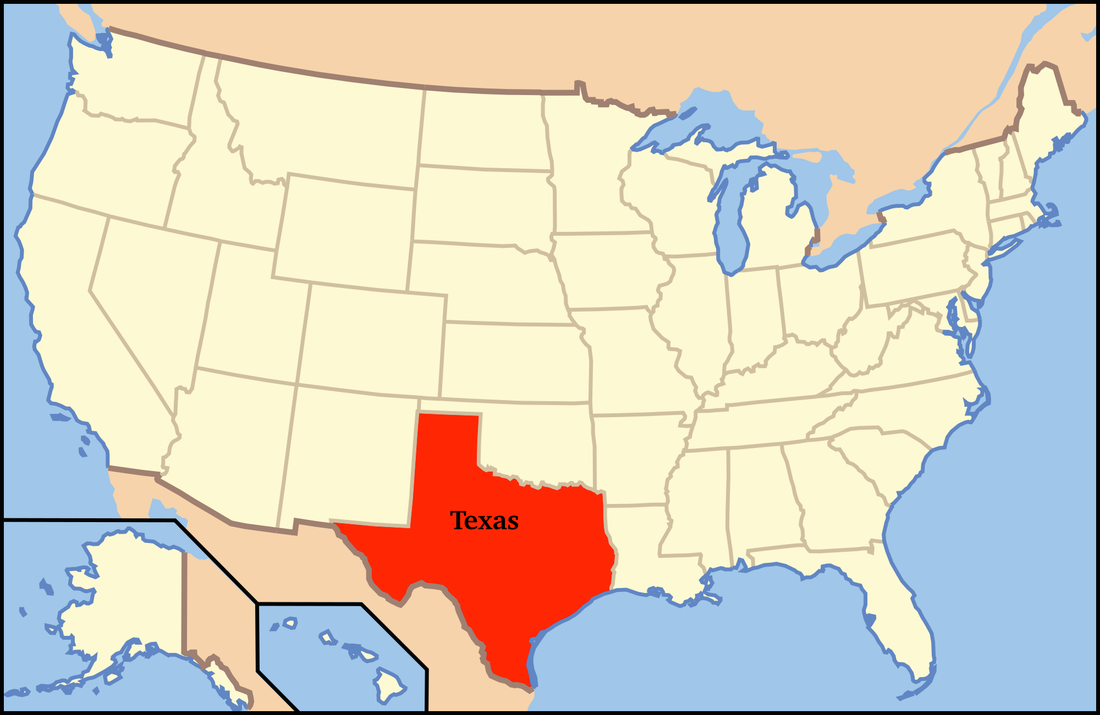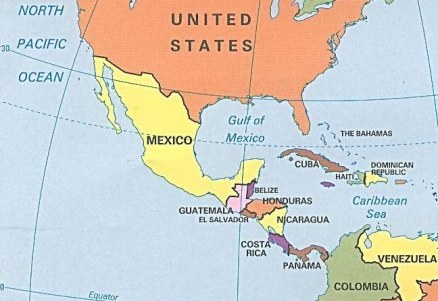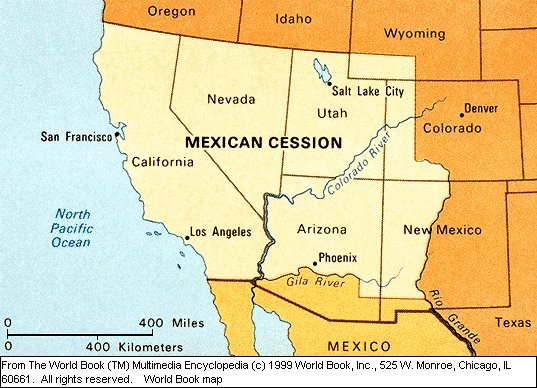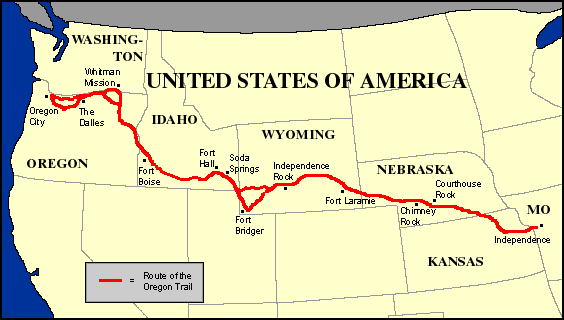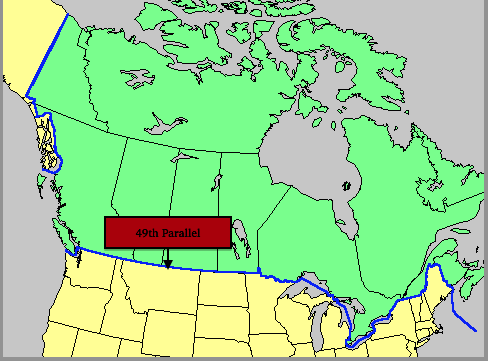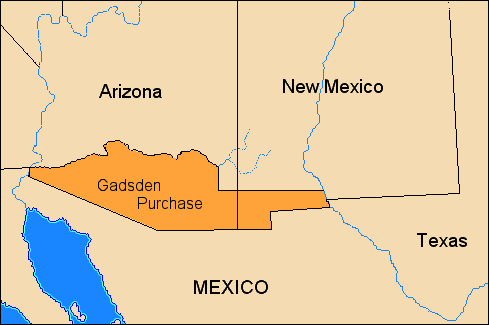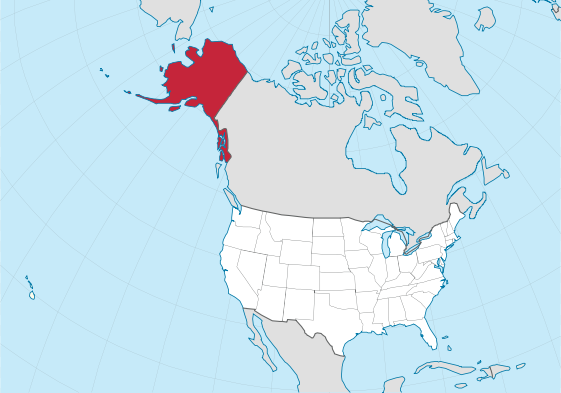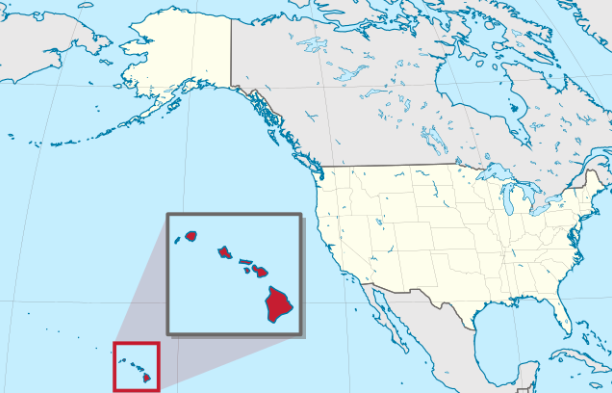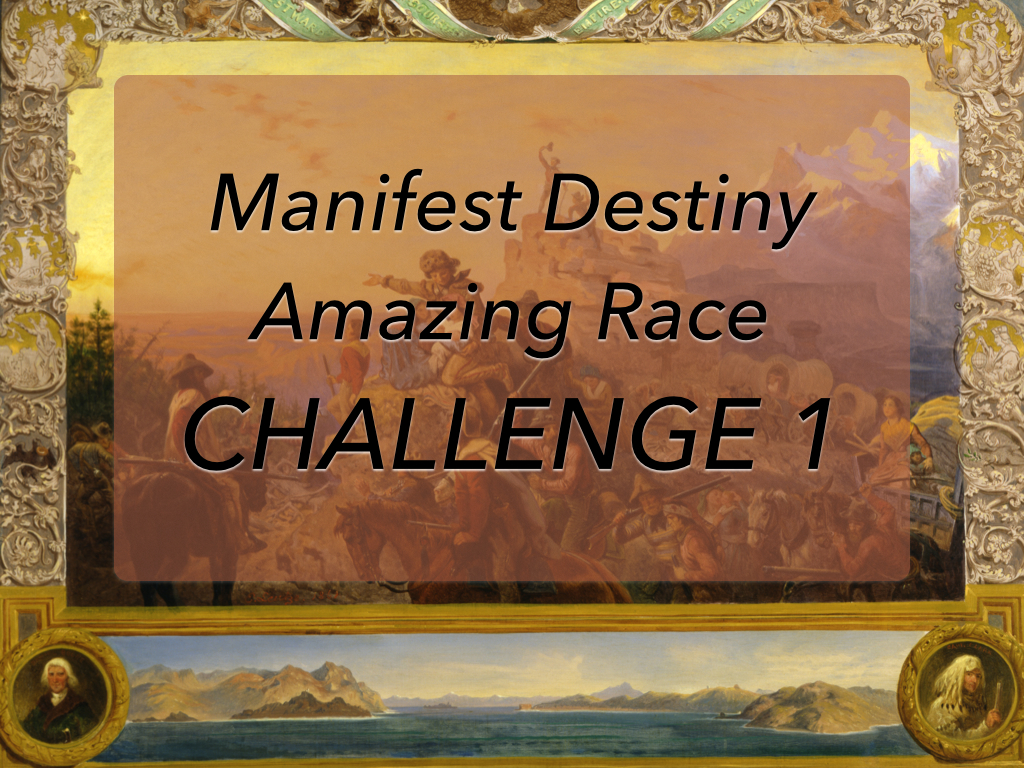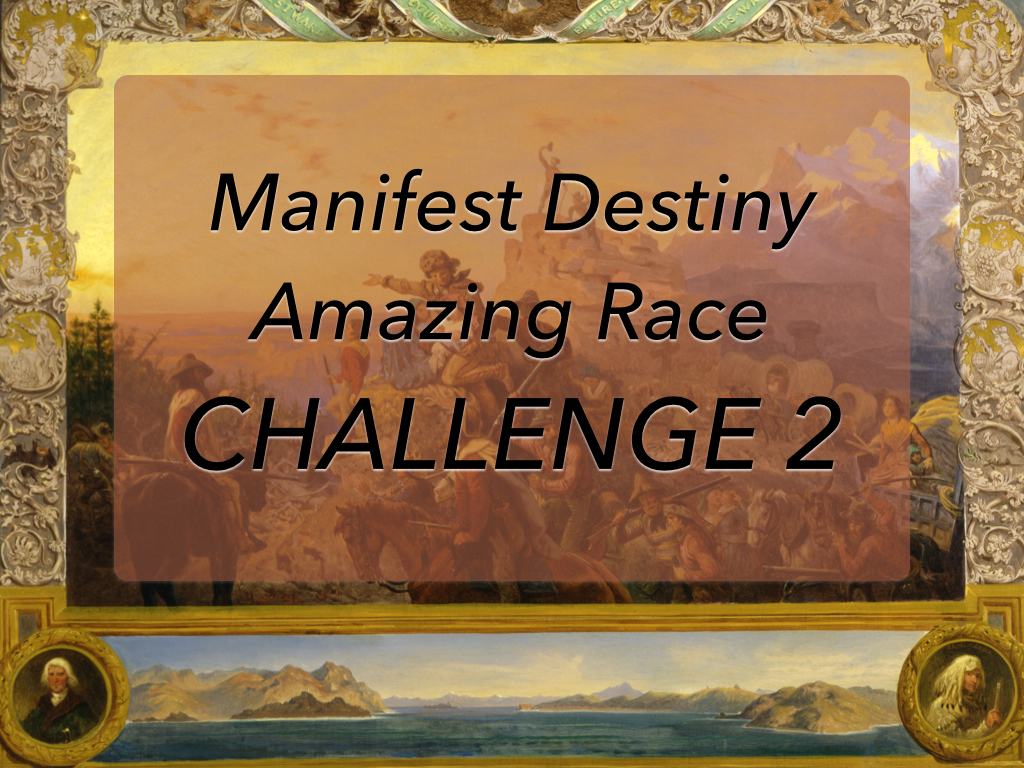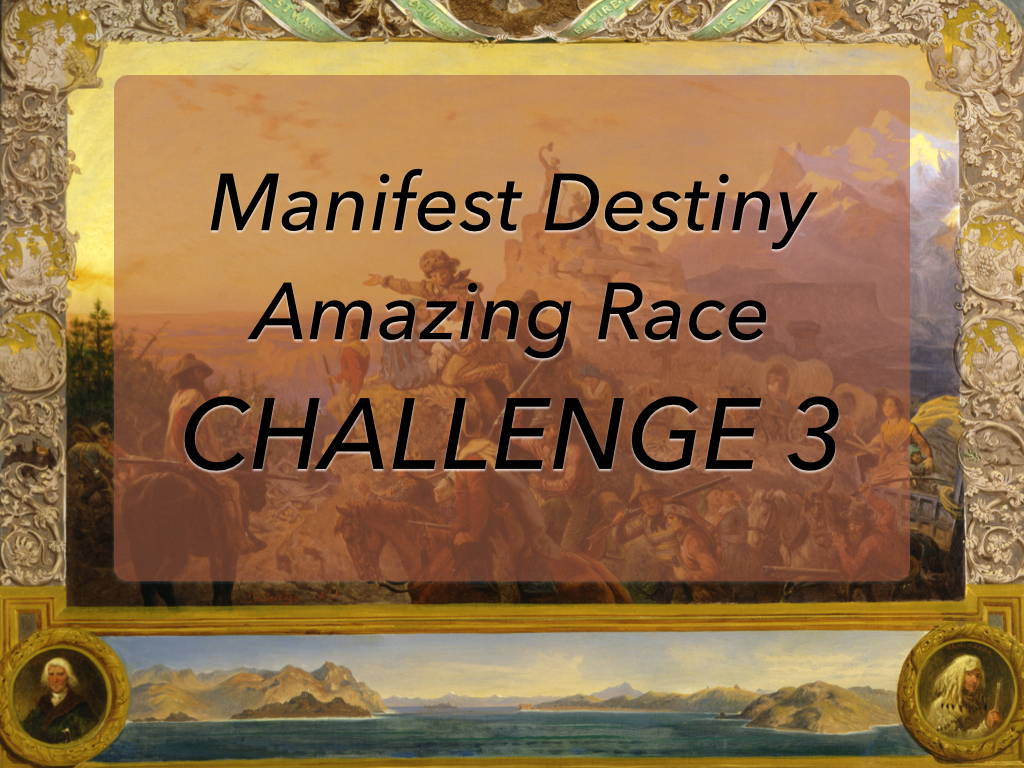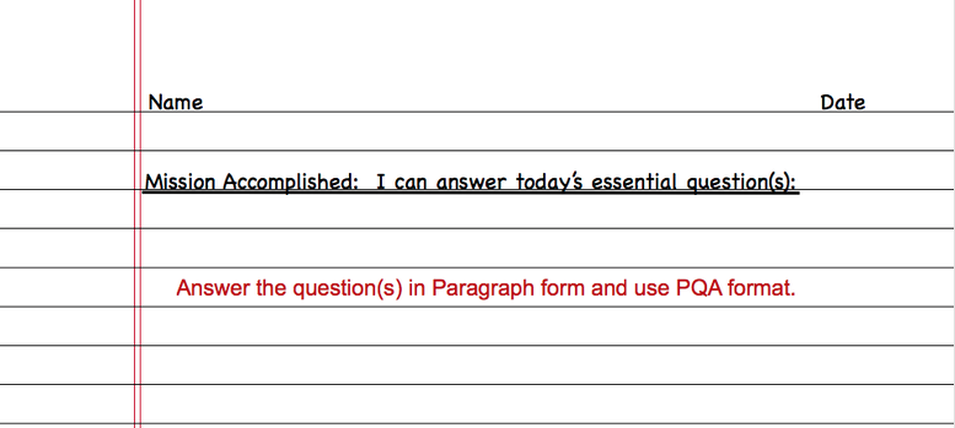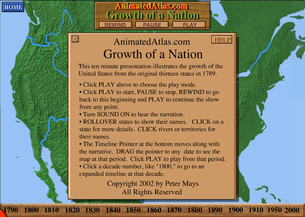LESSON 15:
THEY WENT FOR MANIFEST DESTINY
FOCUS ACTIVITY
Lesson Mission

DIRECTIONS: Remember, the Lesson Mission is what you, the student, will be able to do after the lesson is over. Begin today's Lesson Chronicles Entry by heading your paper with your name and the date and the Lesson Title. Write down today's essential question. Answering the essential question at the end of the lesson is your Lesson Mission!
Essential Question(s):
What was Manifest Destiny? Who was involved and what was the result?
Set up your Lesson Chronicles Entry for Lesson 15.
TEACHING ACTIVITY
Skeleton Outline

DIRECTIONS: Remember, accomplishing your lesson mission is your purpose for reading. To accomplish your mission, you must be able to answer the essential question(s). We will continue to work on answering essential questions by identifying information from key text structures to make a skeleton outline of the text.
Recall the Key Text Structures in Non-Fiction Text:
1. Headers
2. Sub-headers
3. Bolded Words
4. Italicized Words
5. Pictures & Captions
6. Boxed off Information
7. Charts and Graphs
8. Maps
1. Headers
2. Sub-headers
3. Bolded Words
4. Italicized Words
5. Pictures & Captions
6. Boxed off Information
7. Charts and Graphs
8. Maps
Questions to ask yourself when creating a Skeleton Outline:
1. Column 1: What are the headers and sub-headers?
2. Column 2: What else is important in the reading?
4. Bottom Row: Leave blank until you read.
1. Column 1: What are the headers and sub-headers?
2. Column 2: What else is important in the reading?
- What words are bolded or italicized?
- What are the pictures of and what do the captions say?
- What information is squared off into boxes?
- What are the maps, graphs, and charts telling you?
4. Bottom Row: Leave blank until you read.
Set up your Skeleton Outline in your Lesson 15 Chronicles under the Lesson Mission.
WHOLE GROUP ACTIVITY
Part 1: Guided Reading & Cornell Notes

DIRECTIONS: Now that you have a purpose for reading, and you have identified the key elements of the reading, we will take turns reading the passage below as a class.
As we read, you need to record your notes in the last column.
Recall the things you should include in notes on a text:
1. What is the main ideas of each section?
2. What words do you need to define?
3. What people are mentioned and how are they important?
4. Is there any sequenced information?
5. Is there a causes and effect relationship?
6. Is anything compared and contrasted?
7. Is there a problem that needs a solution or is solved?
8. What is the conclusion or result?
As we read, you need to record your notes in the last column.
Recall the things you should include in notes on a text:
1. What is the main ideas of each section?
2. What words do you need to define?
3. What people are mentioned and how are they important?
4. Is there any sequenced information?
5. Is there a causes and effect relationship?
6. Is anything compared and contrasted?
7. Is there a problem that needs a solution or is solved?
8. What is the conclusion or result?
As you read, if a certain part of the reading makes you think of a text to text, text to self, or text to world connection, write it in the bottom row.
Recall the text to text, text to self, and text to world strategy:
Recall the text to text, text to self, and text to world strategy:
- Text to text references: When a certain word, phrase, or sentence reminds you of something else that you have read.
- Text to self references: When a certain word, phrase, or sentence reminds you of something about your own life.
- Text to world references: When a certain word, phrase, or sentence reminds you of a world issue or event.
Manifest Destiny
SMALL GROUP ACTIVITY
The Manifest Destiny Amazing Race
DIRECTIONS: Are you ready, once again, to play the Amazing Race! In this race, you and your teammates will compete against the other teams in the class to complete four challenges about Manifest Destiny. You must successfully complete each task before you are allowed to go on to the next task. If you do not successfully complete the task, you will be sent back to redo it.
This Amazing Race will be slightly different than the others you have done. All of your challenges are on the computer. You will be given a password after you successfully complete each challenge. You will have to have this password to go on to the next challenge. I will now give you each an envelope with the password for challenge one. Do not open it until I say go. Remember....
IT IS VERY IMPORTANT TO READ AND FOLLOW ALL DIRECTIONS!
INDIVIDUAL ACTIVITY
Lesson Chronicles - Answering the Essential Question
A Lesson Chronicles Activity is an individual activity where you prove that you accomplished the lesson mission. Lesson Chronicles require you to keep a notebook or journal with a table of contents. Each entry should be dated. First, you write the lesson mission. Then you prove you "can do" whatever the mission says by answering the essential question of the lesson in PQA format. Remember PQA format means "Put the Question in the Answer".
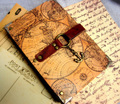
DIRECTIONS: Work by yourself to prove you have completed today's mission successfully by answering the essential question for today.
HOMEWORK
Family Time

Remember, you have homework every night in Social Studies. Your homework is to show your Lesson Chronicles to your family and tell them what you learned today. Not only will this give you quality time with your family but it will help you review for your unit test. Go over your lesson chronicles entry from today everyday to help you study for the Topic Quiz and Unit Test.
END OF LESSON 15 MODULE
|
Congratulations! You have completed Lesson 15 Module!
|

